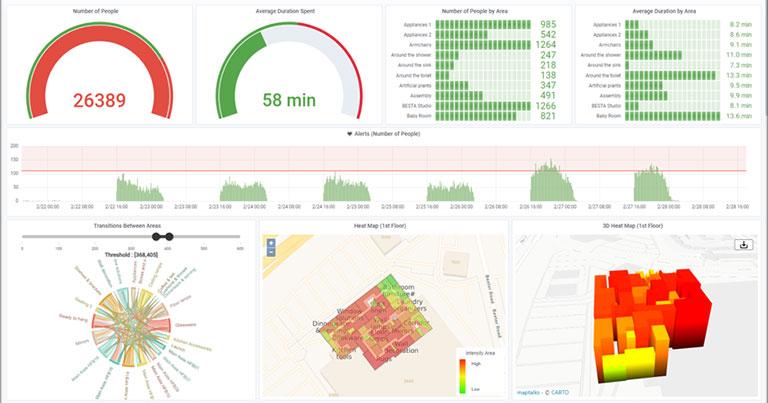
One of the ways in which an airport can increase its revenue is by better understanding their customers and offering an enhanced passenger experience. In terms of the airport experience passengers are increasingly looking for a faster, more personalized and convenient process from the moment they enter the airport.
It’s not just the airport that benefits from delivering passenger satisfaction either. The local city, region and authorities all stand to gain from satisfied passengers wanting to share and repeat their experience. Airports are the first and last impression a passenger has of their travelling experience and as such they are integral to the local tourism industry and other businesses. According to the Air Transport Action Group (ATAG) report, ‘Aviation: Benefits Beyond Borders’, the global contribution of aviation to GDP is $2.7 trillion and airports contribute a significant share of this overall figure.
Still, according to the latest ACI Airport Economics Report, 80% of airports in the world cater for less than one million passengers per year. These airports are mostly regional and secondary hubs and a massive 94% of them are loss-making. With limited air traffic serving these hubs even greater value is placed on nonaeronautical revenue sources with retail concessions, car parking and property revenue/rent remaining the largest sources of non-aeronautical revenue.
In this era of big data, its increasingly apparent that physical enterprises cannot compete fairly against digital businesses (eg. e-commerce shops and cloud platforms) in terms of customer knowledge. The latter have access to information such as customers’ preferences, favorite features and personal data.
The good news is that with rapidly advancing technologies an increasing number of businesses are embracing the digital transformation and subsequently solutions for acquiring data in physical spaces are on the rise. Technologies now exist to localize and track people in indoor areas. By tracking and analyzing patterns of crowds in airports, managers can get customer insights and better passenger understanding.
Behavioral patterns can be monitored and analyzed. These include how much time it takes from the entrance to the boarding gate; which paths through the airport are used; where, when and how much time each passenger spends in a particular area; which areas are visited the most and which areas are not visited at all; and the number of unique visits compared to bouncing visitors.
There are limitless improvements that can be made thanks to the results derived from this data. For regional airports, where a high margin of revenues depends on non-aeronautical activities leased properties and floor space can be optimally located based not on estimates but on reliable traffic data. For duty-free retailers, managers can see how many visitors are passing by the shops and how many of them enter inside, which products they visit and how much time is spent and eventually whether passengers make a purchase. This is a great way to see marketing success, develop strategies, optimize pricing and maximize sales, which is essential to prevent losses and make profits for regional airports.
So how can data be used for customer satisfaction? Waiting times and long lines are frequently cited as a primary cause of inconvenience and passenger irritation. By gathering data from passengers, resources can be allocated to the most needed areas. For instance, if the average dwell time in the check-in area exceeds 15 minutes, more counters should be opened. And significantly, a study titled ‘The Impact of Airport Servicescape on Passengers’ Satisfaction’ found that passengers who have a positive airport experience spend 45% more money while in the airport than disappointed passengers.
Ariadne Maps is already in use in many airports worldwide. Its technolgoy applies mathematically proven state-of-the-art anonymisation methods in real time for data streaming. It is GDPR compliant and can be used to gain customer insights that essentially reduce costs while simultaneously increasing revenues. To get an overview of Ariadne’s solutions, you can visit https://ariadnemaps.com or book a meeting here https://ariadnemaps.com/letstalk
